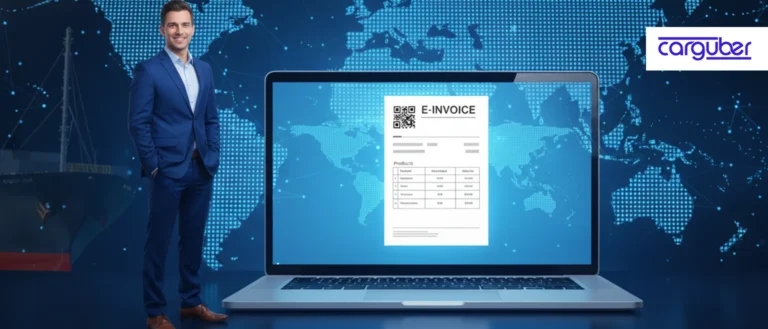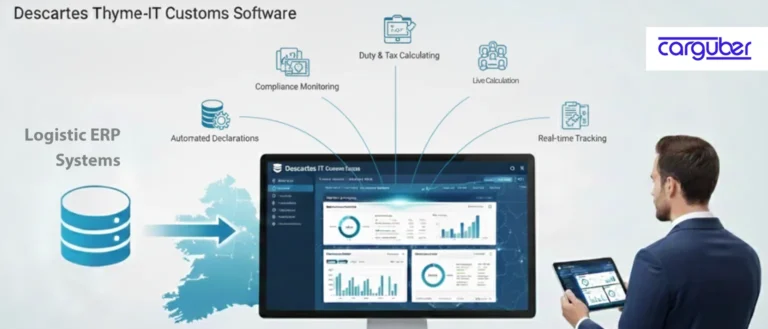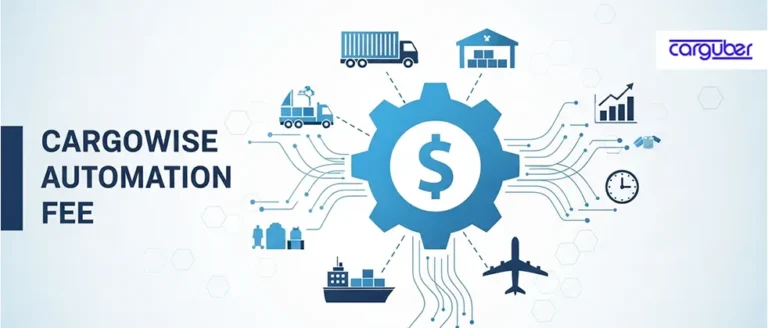What is the Order Update API and Why Does it Matter in Logistics?
Having a strong order updating process is not an option, it is a need in an environment where real-time information has the power to build or destroy customer confidence. Each shipment has a unique timeframe, and any errors or delays in status updates can lead to misunderstanding, increase the number of support tickets, and compromise the dependability of your service. The Order Update API changes everything at that point.
With the Order Update API, freight forwarders and logistics experts can easily and accurately change order details without requiring human intervention straight into their ERP or TMS systems, such as CargoWise. This API is an effective solution to assist your operations run more smoothly, intelligently, and transparently if your staff is still updating orders manually, using spreadsheets, or email trails.
Why Do Logistics Teams Need Real-Time Order Updates?
Let’s say you’ve just received a shipment update from your overseas supplier. Now, someone on your team has to log into the ERP, search for the correct order, and manually enter updated statuses, new dates, or revised container details. That’s not only time-consuming, but it’s also error-prone, especially if you’re managing dozens or even hundreds of orders daily.
By implementing the Order Update API, you can automate this entire process. This API enables your systems to communicate in real-time, automatically updating the latest order information like shipment milestones, container modes, or even weight and volume data, all without human intervention.
What You Can Update Using This API
The real beauty of the Order Update API lies in how comprehensive it is. You’re not just updating a status field, you’re giving your system a complete picture of what’s happening with each order. Here’s what you can feed in:
- Order Metadata: Update Order Number, Client Reference, Order Creation Date, Invoice Number, and Status, all of which serve as the backbone of order tracking and reconciliation.
- Shipping & Transport Details: Update INCOTerms, container modes (like LSE, FCL), transport modes (SEA, AIR, ROAD), and the goods description. This ensures downstream systems have consistent information, crucial for planning and compliance.
- Order Lines: Each order line can include comprehensive details such as pack types, inner and outer quantity units, dimensions, weight, volume, and package attributes. You can even specify custom attributes like “Steel” or “Sheets” to describe goods more precisely.
- Milestone Updates: With event codes like DEP (Departed) or DEL (Delivered), plus actual and estimated timestamps, you’re able to keep customers and internal teams informed of key shipment progress.
- Organizational Info: Capture full addresses, contact details, nearest ports, and organization codes, useful for both logistics execution and documentation.
- Custom Fields: Maybe your team tracks special requirements like “DocumentCount” or “ClientPriorityLevel.” The API supports user-defined fields too, ensuring it fits your business like a glove.
Where This API Delivers Value
1. Faster Order Confirmations: As soon as a customer places an order, you can use the API to instantly reflect it in CargoWise or your ERP, complete with packaging specs and transportation details.
2. In-Transit Updates: Trigger milestone updates when shipments reach key stages, like warehouse departure, customs clearance, or POD (Proof of Delivery), helping everyone stay in the loop.
3. Post-Shipment Adjustments: Update orders retroactively to reflect changes in container types, weights, volumes, or packaging. Perfect for when real-world data doesn’t match planned inputs.
4. Bulk Updates: For freight forwarders managing large B2B orders with multiple sub-lines, this API ensures that every detail, from pallets to part attributes, is captured and synced with zero redundancy.
Why Should You Automate Order Updates?
- Improved Accuracy: The less manual typing, the fewer human errors. And when those errors relate to weight, volume, or milestone status, avoiding them saves both money and reputation.
- Time Efficiency: Your operations team shouldn’t spend their day copying data between emails and ERP systems. Automate it and free up that time for more strategic work.
- Consistent Data Across Systems: Whether you’re using a WMS, TMS, or freight ERP like CargoWise, this API ensures all systems speak the same language.
- Customer Satisfaction: With updated statuses, delivery estimates, and milestones, your customers get accurate information right when they need it, no more chasing support teams for answers.
- Regulatory Compliance: Keeping documentation and shipment information up-to-date helps simplify customs and audit processes.
Best Practices for Implementation
- Map Your Current Workflow: Understand where order data is currently being handled and how updates are made. This helps you decide when and where to trigger the API calls.
- Ensure Data Consistency: Use standardized codes for packaging types, container modes, and milestone events to reduce integration friction.
- Test in a Controlled Environment: Always test your API solution with sample data before going live. Validate data accuracy and ensure there are no overwrites or mismatches.
- Secure Your API Usage: Use strong API tokens and limit access to your internal systems or trusted partners.
- Monitor & Optimize: Once live, monitor response times, success rates, and data flow. Use analytics to identify any obstacles or common errors in input fields.
Conclusion
At the heart of any logistics business is the order, and its data must be current, accurate, and accessible. The Order Update API gives you the ability to automate updates, reduce errors, and provide real-time visibility to your team and your clients. It’s not just about speed, it’s about building a smarter, more resilient logistics operation that scales with your business.
If you’re ready to simplify your order update workflows and integrate them directly into CargoWise or any other ERP system, reach out to our logistics support and helpdesk today to explore how the Order Update API can take the manual work out of your logistics operations, and bring more visibility to your order management process.









